INDIAN ARMED FORCES CHIEFS ON OUR RELENTLESS AND FOCUSED PUBLISHING EFFORTS

The insightful articles, inspiring narrations and analytical perspectives presented by the Editorial Team, establish an alluring connect with the reader. My compliments and best wishes to SP Guide Publications.

"Over the past 60 years, the growth of SP Guide Publications has mirrored the rising stature of Indian Navy. Its well-researched and informative magazines on Defence and Aerospace sector have served to shape an educated opinion of our military personnel, policy makers and the public alike. I wish SP's Publication team continued success, fair winds and following seas in all future endeavour!"

Since, its inception in 1964, SP Guide Publications has consistently demonstrated commitment to high-quality journalism in the aerospace and defence sectors, earning a well-deserved reputation as Asia's largest media house in this domain. I wish SP Guide Publications continued success in its pursuit of excellence.
- Appointments Committee of Cabinet approves one-month extension in service of Chief of the Army Staff
- Prime Minister witnesses 'Bharat Shakti' – a Tri-Services Firing and Manoeuvre Exercise in Pokhran, Rajasthan
- Interim Defence Budget 2024-25 — An Analysis
- Union Defence budget 2024
- Indian Army: In quest of greater firepower and policy recommendations for gaps
- Indian Army Annual Press Conference 2024
- Tata Boeing Aerospace Delivers 250 AH-64 Apache Fuselages, Manufactured in India
Indigenous Kamikaze Stealth Drone
The future of warfare is unfolding in the skies, where loitering munitions and autonomous drones are reshaping battle tactics
 |
The Author is Former Director General of Information Systems and A Special Forces Veteran, Indian Army |
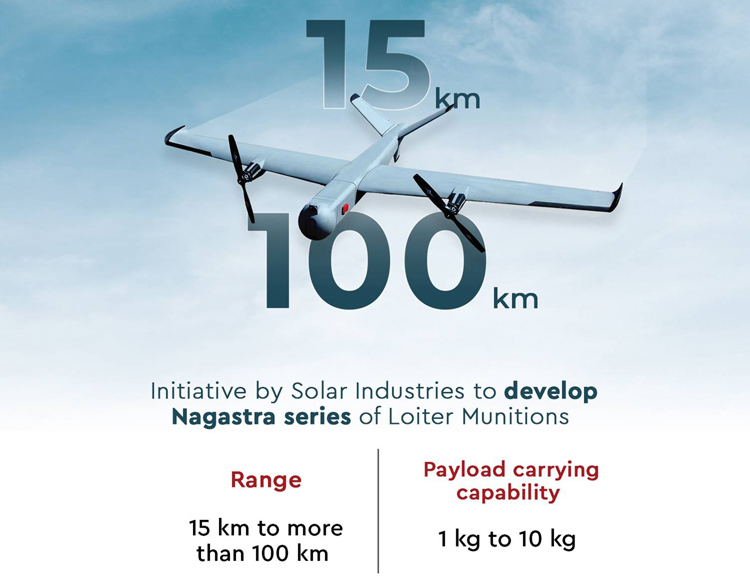
Loitering munitions, also called 'kamikaze drones', are fundamentally changing modern combat. These weapons, which hover over targets before striking with pinpoint accuracy, have combined the surveillance capabilities of UAVs with the lethal precision of guided missiles. Unlike traditional missiles, they do not simply follow a predetermined trajectory; they loiter, track, and strike at the opportune moment. The result is a weapon that delivers intelligence and destruction in one seamless operation. Autonomous UAVs take this a step further. Equipped with artificial intelligence, these drones can execute complex missions with minimal human intervention, making them faster and more effective than traditional attack systems. The impact of these technologies is already visible across global conflicts, where they are proving to be game-changers.
In Operation 'Sindoor', India employed one-way loitering munitions, designed to evade enemy radar, loiter over a target area and strike with precision upon identifying a target.
Kamikaze drones have been on the scene since a very long time. But their real power has been witnessed in the ongoing war in Ukraine; a battlefield reality, where loitering munitions are now indispensable. In Ukraine, Russia's Lancet-3 drones, with a range of 40 km and a 40-minute endurance, have been systematically targeting Ukrainian artillery. Ukraine, in response, has used US-supplied Switchblade drones and its own RAM II systems to counter Russian advances. The future of warfare is unfolding in the skies, where loitering munitions and autonomous drones are reshaping battle tactics. These airborne weapons, blending intelligence gathering with deadly precision, have already altered conflicts from Ukraine to Gaza.
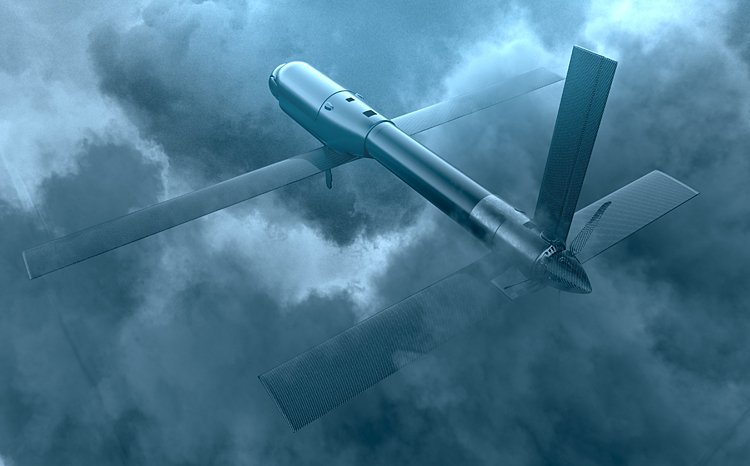
India, keenly aware of this shift, is investing heavily in indigenous drone technology, pushing for self-reliance and innovation. With battlefield lessons from around the world and ambitious defence production goals, India's military strategy is evolving fast, ensuring it stays ahead in the new era of aerial combat. In Operation 'Sindoor', India employed one-way loitering munitions, designed to evade enemy radar, loiter over a target area and strike with precision upon identifying a target. These drones exposed the vulnerabilities in Pakistan's Chinese-built air defences and took out strategic targets, including the HQ-9 AD system near Lahore. These included the Harop, developed by Israel Aerospace Industries (IAI), which combines a loitering munition combining UAV and missile capabilities. It can loiter for up to nine hours, has a 200 km range, and uses electro-optical sensors to identify and strike high-value targets like air defence systems and radar stations. In addition, Make-in-India SkyStryker kamikaze drones were also employed by India.
The good news now is that the Bengaluru-based Aeronautical Development Establishment (ADE), under the Defence Research and Development Organisation (DRDO), is developing a kamikaze stealth drone, named SWiFT-K, in partnership with private industry. The SWiFT-K, an offshoot of the Stealth Wing Flying Testbed (SWiFT) programme, introduces a new dimension to India's unmanned aerial vehicle (UAV) development. The 'K' in its designation denotes its kamikaze role, meaning the drone is equipped with an integrated warhead and designed to be expendable. The SWiFT programme is a technology demonstrator for the Ghatak unmanned combat vehicle (UCAV). The SWiFT programme (scaled-down version of Ghatak UCAV) has a wingspan of 5 metres, length of 4 metres, and all up weight of 1,050 kg, with an endurance of one hour and a command range of 200 km.
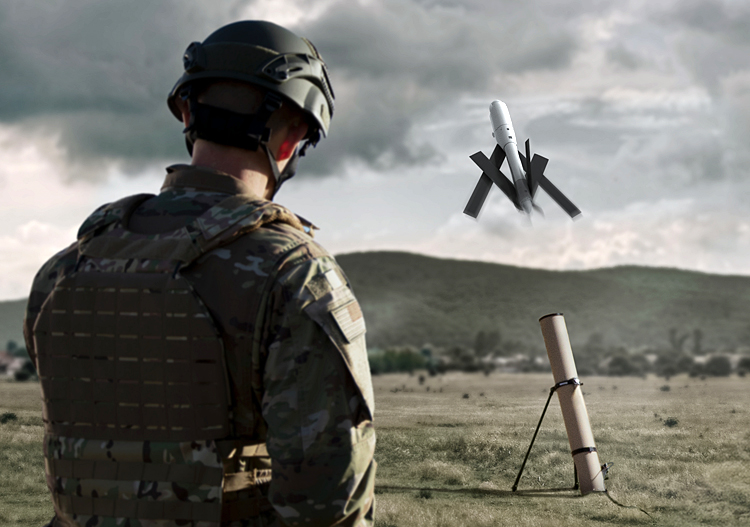
Unlike traditional UAVs that return after completing their mission, the SWiFT-K is engineered to strike its target and be destroyed in the process, making it a cost-effective solution for neutralising high-value enemy assets, such as advanced air defence systems. SWiFT-K is currently powered by the Russian NPO Salum 36MT turbofan engine, but future iterations are expected to integrate the indigenous Small Turbo Fan Engine (STFE) developed by the Gas Turbine Research Establishment (GTRE). SWiFT-K marks India's first foray into kamikaze drones, with autonomous high-speed stealth capabilities.
The SWiFT-K, an offshoot of the Stealth Wing Flying Testbed (SWiFT) programme, introduces a new dimension to India's unmanned aerial vehicle (UAV) development
According to news reports of May 21, 2025, ADE has built two prototypes of SWiFT-K to prove the platform's technologies. The drone operates at a speed of Mach 0.6 (about 735 km/h at sea level), a high subsonic velocity that enhances its ability to evade detection and interception. High-Speed Taxi Trials (HSTT) for the prototype SWiFT-K drone were successfully completed at the Aeronautical Test Range (ATR) in Challakera, near Chitragurda in Karnataka. ADE is collaborating with an incubator at the Indian Institute of Science (IIS), Bengaluru for the development of the SWiFT-K's airframe, leveraging academic expertise to accelerate innovation.
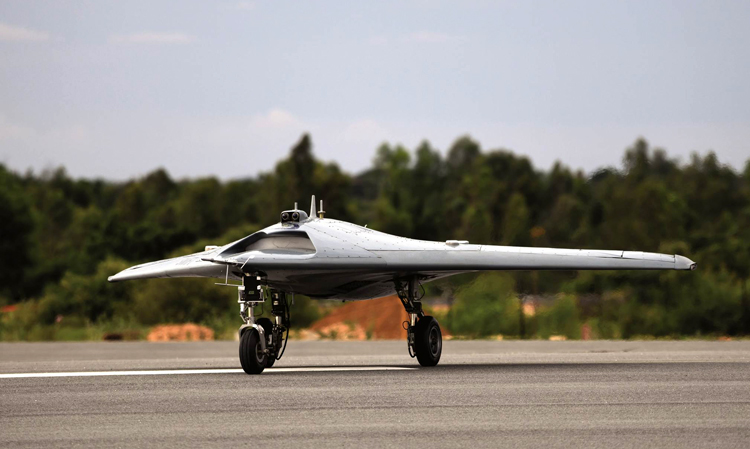
In its current phase, the SWiFT-K serves as a capability demonstrator, focusing on proving technology for autonomous high-speed stealth drones. The platform uses conventional take-off and landing systems for demonstration flights, supported by a custom landing gear developed by the ADE. However, once the proof-of-concept phase concludes, the SWiFT-K will transition to booster-assisted or catapult launches, eliminating the need for runways and enabling deployment from forward bases or mobile platforms. In its final operation form, the drone will be launched from a dedicated launcher, enhancing its tactical flexibility in combat scenarios.
In its current phase, the SWiFT-K serves as a capability demonstrator, focusing on proving technology for autonomous high-speed stealth drones
SWiFT-K will have the following advantages: Autonomous Flight – enabling precise mission execution without human intervention; Stealth Capability – reduced radar cross-section (RCS) due to its flying-wing configuration, making detection harder; Precision Strikes offers high accuracy with precision-guided munitions (PGMs) for minimal collateral damage; Intelligence, Surveillance, and Reconnaissance (ISR) - provides real-time battlefield intelligence; Indigenous Propulsion System - replaces foreign engines with India's Small Turbo Fan Engine (STFE) or Manik engine, enhancing self-reliance; Internal Weapons Bay - allows for carrying PGMs internally, reducing drag and enhancing stealth; Potential for Electronic Warfare (EW) Suites - enhances ISR capabilities and could disrupt enemy communications; Kamikaze Capability - can be used for suicidal missions, reducing risk to human pilots.
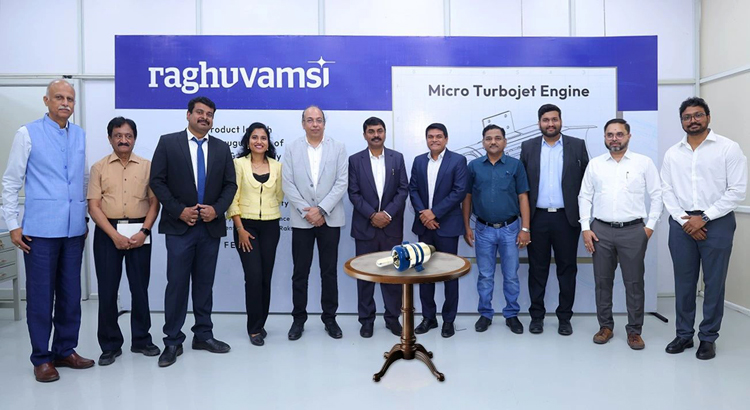

The above advantages position the SWiFT-K UCAV as a valuable asset for India's Armed Forces, offering enhanced capabilities for surveillance, precision strikes, and electronic warfare. A transfer of technology (ToT) is planned in due course, ensuring that Indian industry partners can scale up production once the system matures. The sleek red-coloured UAV sighted at the IAFs Aircraft and System Testing Establishment (ASTE) in Bengaluru on May 25, 2025, which evoked much public interest, perhaps was a prototype of the SWiFT-K UCAV.
The advantages position the SWiFT-K UCAV as a valuable asset for India's Armed Forces, offering enhanced capabilities for surveillance, precision strikes, and electronic warfare
According to a news report of May 25, 2025, Hyderabad-based Raghu Vamsi Machine Tools (RVMT), has announced plans to develop a cutting-edge kamikaze drone. The drone was reportedly showcased recently at an industry event and will have RVMT's fully indigenous micro turbojet engine, 'INDRA RV25:240N'. The INDRA micro turbojet engine weighs just 25 kg, making it ideal for small, high-speed UAVs. INDRA's hybrid propulsion system, pairing the jet engine with electric propulsion, could enhance endurance and speed, allowing the drone to have the range of 500 km, which makes it ideal for kamikaze drones that strike targets while maintaining long-range loitering capabilities.





